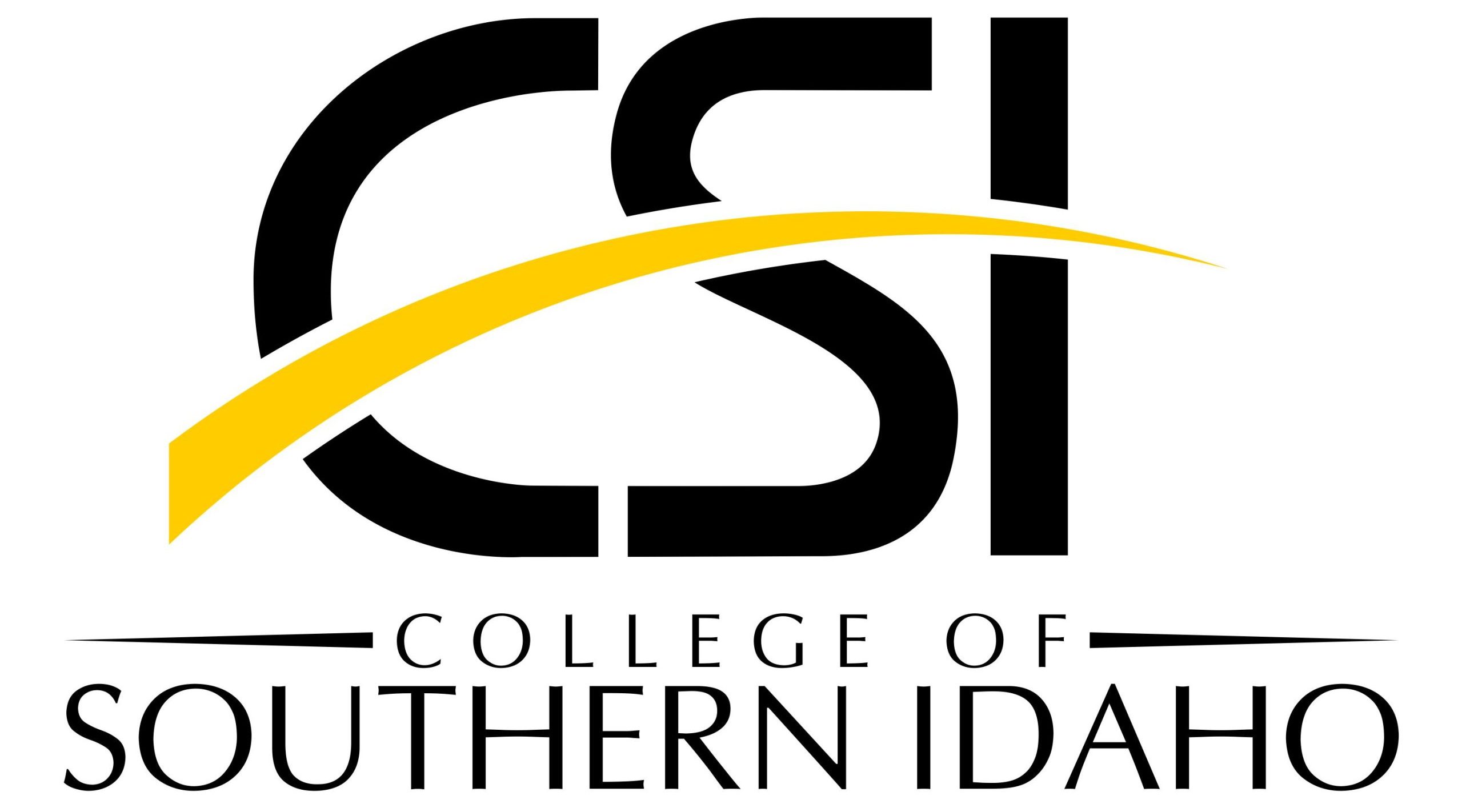Appendix B: RDF and the Semantic Web
The existing cataloging schema are certainly detailed and thorough, but there are new developments in the world, specifically in the World Wide Web, that require a new type of cataloging. The Resource Description Framework is the solution to issues caused by the World Wide Web. In this framework, each item and individual is given a unique code. These codes are arranged in certain positions relative to each other and to special “relationship” codes. For example, an individual who is both an author and a subject of a book is given the same code in both instances. The only difference is the code’s position in the sequence of RDF codes. In one sequence it occupies the first position. In another sequence it is in the third place.
The Resource Description Framework is built upon the idea of Linked Data. This is a type of data that is used to connect items throughout the internet. One common way to explain linked data is to think of a document, say the Gettysburg Address. In the previous iterations of the Internet, the entire document was a basic unit of data. Through linked data, however, each concept and word of the Gettysburg Address is a discrete unit of data represented by a machine-readable code. The entire document is also represented by its own machine-readable code. Also, Abraham Lincoln is represented by a code. Thus, the document, its concepts, and Abraham Lincoln are all connected to each other. In this way, Abraham Lincoln can be connected directly with the subjects of the Gettysburg Address. Furthermore, he can be connected to others who also discussed the same subjects.
FRBR focuses on entities, relationships, and attributes. In a similar way, RDF and linked data focus on the relationships between entities. Another similarity to FRBR is that both items and authors are considered entities.
RDF uses a system called Terse RDF Triple Language, or Turtle, to organize entities and relationships. This system is also referred to as Semantic Triples or Semantic Triads. Thus, the digital structure created by all of these codes and their links is called the Semantic Web. Semantic triples have a particular order.
- Subject: These codes can be the same as Object codes. They stand for an entity. Subjects are the subjects of the record, or the item being describe. In a record about an item, the item being described is always the subject.
- Predicate: These codes provide specific enhancement for all code combinations in RDF records. In the case of triples, they provide information about the relationships between two entities.
- Object: These codes can be the same as Subject codes. They stand for an entity. Objects are the topic of subjects.
If I were to integrate RDF Semantic Triples into a record for The Foundation trilogy, I would write (3236412, http://purl.org/dc/elements/1.1/creator, http://id.loc.gov/auames/n8thorities/n0126289). This triple states that The Foundation trilogy, whose OCLC number is 3236412, was created by Isaac Asimov, whose URI is https://id.loc.gov/authorities/names/n80126289.html.
The predicate URI was obtained from https://www.dublincore.org/specifications/dublin-core/dcmi-terms/#http%3a%2f%2fpurl.org%2fdc%2felements%2f1.1%2fcreator. Dublin Core is an organization in Ohio that created yet another metadata schema specifically for use in archives and museums. They have a vested interest in Linked Data. Therefore, they host a number of initiatives and metadata specifications documents. The URI for the book was obtained from WorldCat. The URI for Isaac Asimov was taken from id.loc.gov, the Linked Data Service of the Library of Congress. URIs exist for subject headings, authors, formats, and other data points.
Linked data and RDF can be combined with RDA and other elements in MARC records to form a truly connected web. As MARC records, EAD (encoded archival description) records, MODS (metadata object description schema) records and other records in various schemata all describe digital and physical items, linked data can be used to include physical items in the digital network of information. Thus, a website in Vietnam can be linked through semantic triples to an artifact in a museum in Frankfurt. As we learn more about items and relationships, the connections will become denser and more complex. Linked data can promote swift communication between researchers and users all over the world.


Feedback/Errata